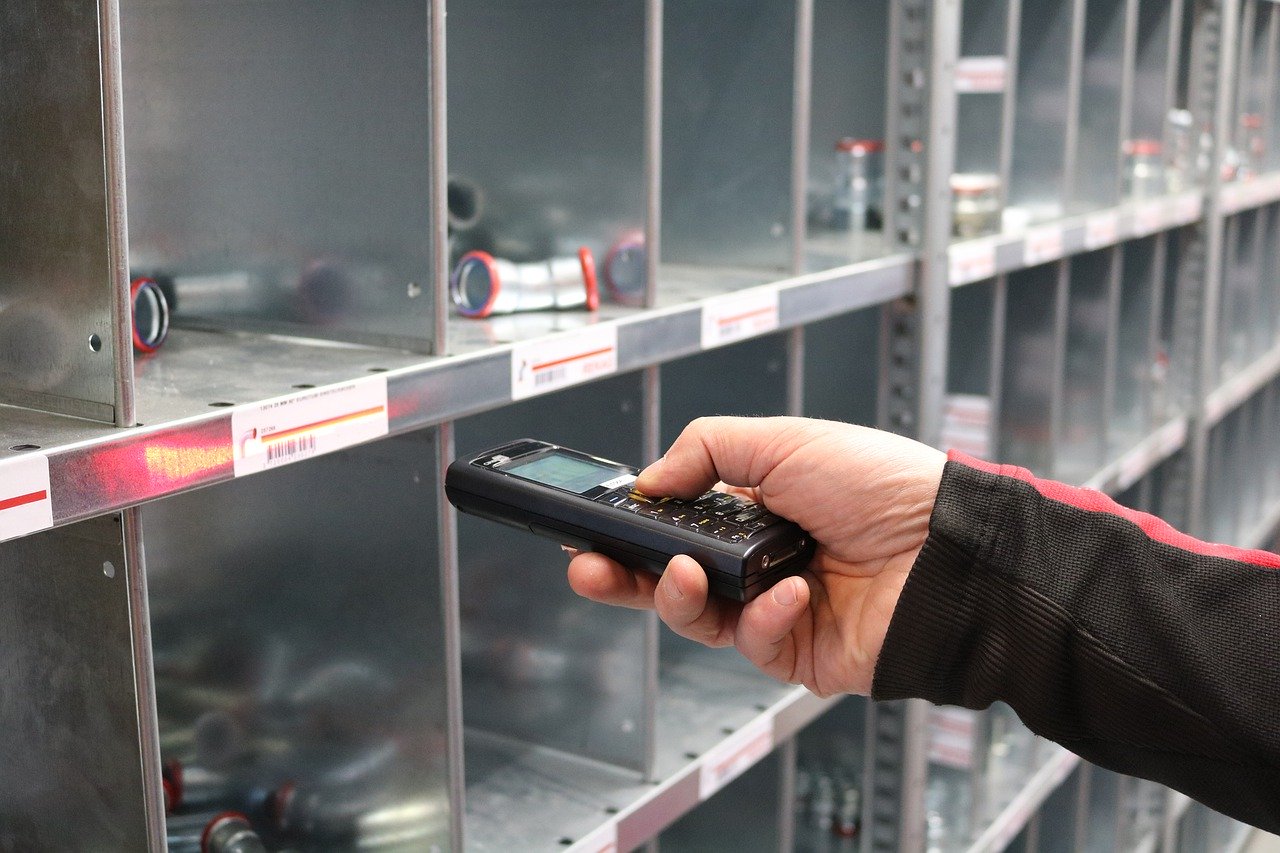Micro-fulfilment centres set to become core part of retail landscape in next decade
Micro-fulfilment is forecast to grow at a 60% CAGR between 2020 and 2026

The market size of the micro-fulfilment sector will be ten times the current level by 2025, according to a new market study.
The market study showed the micro fulfilment market is expected to grow with a CAGR of around 60% between 2020 and 2026, with the bulk of this predicted to be in the US, though developments have been started in Europe and APAC.
The Micro-fulfilment market is expected to have a cumulative opportunity of around $10 billion in the next six years, with an installed base of around 2,000 MFCs if the technology and concept remains permanent.
Grocery is going to be the main contributor for this market with 70%-80% market share although general merchandise and other industries are also going to adopt the market very soon. It is expected that online grocery will contribute to more than 10% of overall grocery sales in the US by 2025, for example.
Micro-Fulfilment Centres (MFCs) are one of the most effective ways to meet the rising volumes, the changing geographical nature of e-commerce demand, and this growing desire for same-day delivery.
Online grocery presents a slim profit margin currently, and MFCs have the ability to increase this margin and to make e-commerce accessible to a broader range of retailers because it cuts down major costs, such as retrieval and picking (through automated MFC), the cost of last mile delivery (through hyperlocal placement) and the cost of real estate (condensing fulfilment centres down into MFCs).
MFCs are a perfect solution for urban warehouses, with a size between 5,000 and 25,000 square feet and can meet the requirements for same day delivery through in-store picking or multiple last-mile delivery options. One can even be deployed at backside of the retail store, malls or basements. They typically take less time to build and install (4-8 weeks) than a traditional fulfilment centre, eliminate the requirement of conveyors, and provide faster delivery for end-customer. However, they present a higher per-unit labour cost, unless a high-degree of automated fulfilment is utilised, although this is generally necessary to achieve the space efficiencies for distributing from these locations.
The research noted that there are numerous technology players looking to facilitate this market. AutoStore is an old and proven technology with hundreds of installations in ecommerce fulfilment, including a recent partnership with Swisslog and H-E-B for micro fulfilment center in U.S. However, they are going to face hight competition in the MFC space from new players like Takeoff Technologies, Fabric, Exotec Solutions, Attabotics and Alert Innovation.
Established system integrators like Dematic, Honeywell Intelligrated, Vanderlande and Knapp are using the traditional shuttle and ASRS systems which are already proven for big fulfilment centres but not ideal for micro fulfilment yet. At the same time, Attabotics, Alert Innovation, and Exotec are using emerging 3D technologies specific to MFCs with high density but they remain at an early stage.
